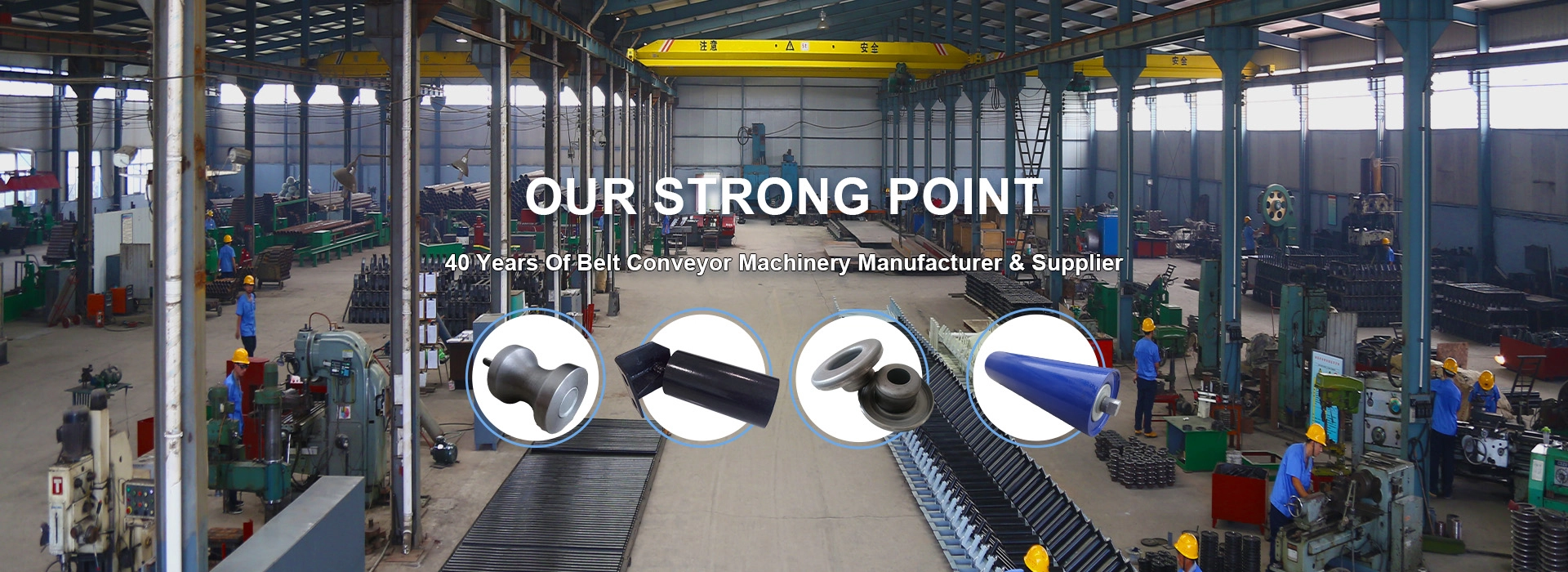 Afrikaans
Afrikaans  Albanian
Albanian  Amharic
Amharic  Arabic
Arabic  Armenian
Armenian  Azerbaijani
Azerbaijani  Basque
Basque  Belarusian
Belarusian  Bengali
Bengali  Bosnian
Bosnian  Bulgarian
Bulgarian  Catalan
Catalan  Cebuano
Cebuano  Corsican
Corsican  Croatian
Croatian  Czech
Czech  Danish
Danish  Dutch
Dutch  English
English  Esperanto
Esperanto  Estonian
Estonian  Finnish
Finnish  French
French  Frisian
Frisian  Galician
Galician  Georgian
Georgian  German
German  Greek
Greek  Gujarati
Gujarati  Haitian Creole
Haitian Creole  hausa
hausa  hawaiian
hawaiian  Hebrew
Hebrew  Hindi
Hindi  Miao
Miao  Hungarian
Hungarian  Icelandic
Icelandic  igbo
igbo  Indonesian
Indonesian  irish
irish  Italian
Italian  Japanese
Japanese  Javanese
Javanese  Kannada
Kannada  kazakh
kazakh  Khmer
Khmer  Rwandese
Rwandese  Korean
Korean  Kurdish
Kurdish  Kyrgyz
Kyrgyz  Lao
Lao  Latin
Latin  Latvian
Latvian  Lithuanian
Lithuanian  Luxembourgish
Luxembourgish  Macedonian
Macedonian  Malgashi
Malgashi  Malay
Malay  Malayalam
Malayalam  Maltese
Maltese  Maori
Maori  Marathi
Marathi  Mongolian
Mongolian  Myanmar
Myanmar  Nepali
Nepali  Norwegian
Norwegian  Norwegian
Norwegian  Occitan
Occitan  Pashto
Pashto  Persian
Persian  Polish
Polish  Portuguese
Portuguese  Punjabi
Punjabi  Romanian
Romanian  Russian
Russian  Samoan
Samoan  Scottish Gaelic
Scottish Gaelic  Serbian
Serbian  Sesotho
Sesotho  Shona
Shona  Sindhi
Sindhi  Sinhala
Sinhala  Slovak
Slovak  Slovenian
Slovenian  Somali
Somali  Spanish
Spanish  Sundanese
Sundanese  Swahili
Swahili  Swedish
Swedish  Tagalog
Tagalog  Tajik
Tajik  Tamil
Tamil  Tatar
Tatar  Telugu
Telugu  Thai
Thai  Turkish
Turkish  Turkmen
Turkmen  Ukrainian
Ukrainian  Urdu
Urdu  Uighur
Uighur  Uzbek
Uzbek  Vietnamese
Vietnamese  Welsh
Welsh  Bantu
Bantu  Yiddish
Yiddish  Yoruba
Yoruba  Zulu
Zulu belt conveyor roller
Understanding Belt Conveyor Rollers Function and Importance
Belt conveyor systems are crucial for transporting materials efficiently across various industries, from mining to manufacturing and shipping. At the heart of these systems lies a key component the belt conveyor roller. This article will delve into the importance, types, and maintenance of belt conveyor rollers, highlighting their significant role in optimizing conveyor performance.
The Role of Belt Conveyor Rollers
Belt conveyor rollers serve multiple purposes within a conveyor system. Firstly, they support the weight of the conveyor belt and the materials being transported, ensuring that the system operates smoothly and efficiently. The design of the rollers allows for the easy movement of the belt, minimizing friction and wear over time. The rollers also play a role in maintaining the proper alignment of the conveyor belt, which is critical for preventing material spillage and ensuring safety in material handling.
In addition to providing support and alignment, rollers act as the drive mechanism in certain types of conveyor systems. Driven rollers move the belt forward, enabling the continuous transportation of materials from one point to another. This seamless operation significantly increases productivity and helps businesses meet their operational demands.
Types of Belt Conveyor Rollers
Understanding the various types of belt conveyor rollers can help industries choose the right equipment for their specific needs. The most common types include
1. Idler Rollers These are unpowered rollers used to support the conveyor belt. They come in various designs, including troughing idlers, which have a curved profile to better hold the conveyed material, and return idlers, which support the belt as it returns to the loading point.
2. Drive Rollers These rollers are powered and are responsible for driving the belt forward. They typically have a textured surface to provide the necessary traction for the belt. Drive rollers come in different sizes and configurations, depending on the application requirements.
3. Tail Rollers Located at the end of the conveyor system, tail rollers guide the belt back to the discharge point. They play a crucial role in maintaining the belt's tension and alignment.
belt conveyor roller

Maintenance of Belt Conveyor Rollers
Proper maintenance of belt conveyor rollers is essential to ensure their longevity and the overall performance of the conveyor system. Regular inspections can identify issues such as wear, misalignment, or damage. Here are some maintenance practices to consider
- Routine Cleaning Dust, debris, and material buildup can hinder roller function. Regular cleaning helps maintain optimal performance.
- Lubrication Many roller types require periodic lubrication to minimize friction and wear, ensuring smooth operation.
- Alignment Checks Misaligned rollers can lead to belt tracking problems. Regular alignment checks can prevent excessive wear and operational inefficiencies.
- Replacement Plans Keeping track of roller wear and establishing a replacement plan can prevent unexpected failures and downtime.
Conclusion
Belt conveyor rollers may seem like a small component in the larger scheme of material handling, but their impact is significant. Understanding their types, roles, and maintenance requirements is crucial for any operation relying on conveyor systems. By investing in quality rollers and implementing effective maintenance strategies, industries can enhance their operational efficiency, reduce downtime, and increase productivity overall. Moreover, recognizing the importance of these rollers can lead to better decision-making when it comes to selecting the right components for a conveyor system. As industries continue to evolve, belt conveyor rollers will remain a key factor in the seamless movement of materials across various applications.





























